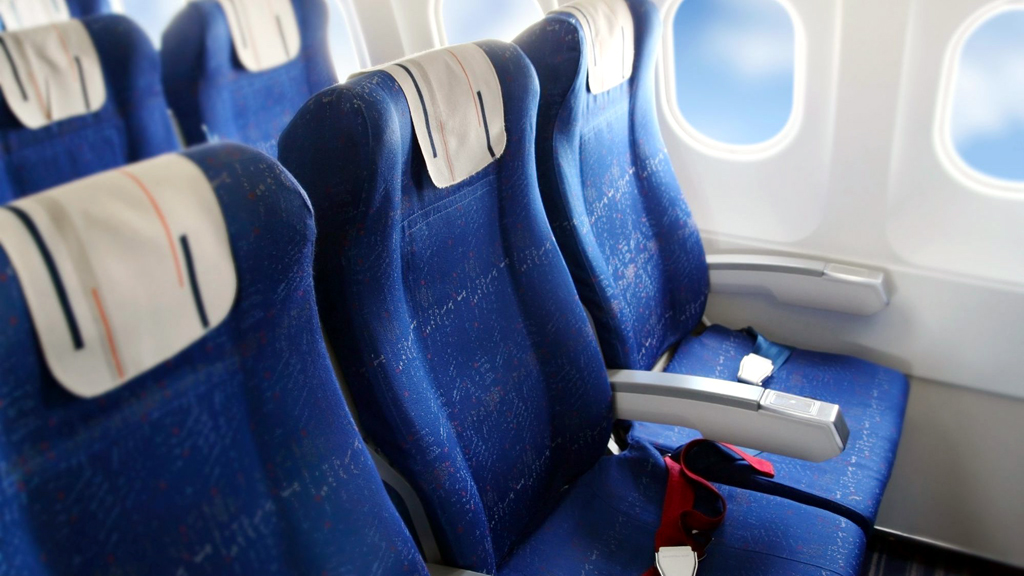![[feature] 9 Ways to Avoid Germs on a Plane](https://blogger.googleusercontent.com/img/b/R29vZ2xl/AVvXsEighi86fk2LzqQp4JOhW3-YJ2zYOVwNx-riCXtsO8Pge_7fiapjNjGPRIMp0J4EOGQ3zFo3lv1V33qBBsU-MZ-1lwKNumzrTtw9xJc0qs-LA_LSaaEqSuOIPxQ6BNfuqbl62smRj3aIfYsO/s1600-rw/cake.dearjulius.com.jpg) |
| © daboost/iStock via Getty Images |
By Cassie Shortsleeve, Condé Nast Traveler
Since the coronavirus pandemic began in March, it has incited pandemonium globally, specifically among travelers. Over the last several months, COVID-19 has led to thousands of canceled domestic and international trips. The U.S. State Department still has a Global Level 4 Health Advisory in place, cautioning against international travel. Different countries have their own policies regarding travel and COVID-19, and some places, like the Bahamas, Bermuda, and Mexico, have opened or are planning to open their borders to U.S. travelers.
As domestic flights have slowly started to return, airlines have implemented a slew of different regulations, too, including temperature screenings, mask requirements, adjusted boarding processes, and the distribution of sanitizing wipes. Some airlines, including Delta, have announced that they will block middle seats on aircraft through September 30, in an effort to maintain social distancing.
“We said at the outset that we were all on a learning curve and as information evolved, guidelines also were likely to change—and that’s what has happened and what will likely continue to happen until we get our arms around this virus and get a vaccine that can crush it,” says Dr. Robert Amler, dean of the School of Health Sciences and Practice at New York Medical College and former chief medical officer for the CDC.
Ultimately, even as COVID-19 has spread across the globe and while we continue to see surges in cases, experts are still learning about the virus. But for now, the CDC notes that it likely spreads similarly to most other viruses, via close person-to-person contact and respiratory droplets, making planes—which put people in close contact with one another—an arguably tricky place. Here’s how to keep others safe and lower your risk of exposure of COVID-19 (and other viruses, for that matter) if a flight is in your future.
This article was originally published in February 2020. It has been updated with new information.
Since the coronavirus pandemic began in March, it has incited pandemonium globally, specifically among travelers. Over the last several months, COVID-19 has led to thousands of canceled domestic and international trips. The U.S. State Department still has a Global Level 4 Health Advisory in place, cautioning against international travel. Different countries have their own policies regarding travel and COVID-19, and some places, like the Bahamas, Bermuda, and Mexico, have opened or are planning to open their borders to U.S. travelers.
As domestic flights have slowly started to return, airlines have implemented a slew of different regulations, too, including temperature screenings, mask requirements, adjusted boarding processes, and the distribution of sanitizing wipes. Some airlines, including Delta, have announced that they will block middle seats on aircraft through September 30, in an effort to maintain social distancing.
“We said at the outset that we were all on a learning curve and as information evolved, guidelines also were likely to change—and that’s what has happened and what will likely continue to happen until we get our arms around this virus and get a vaccine that can crush it,” says Dr. Robert Amler, dean of the School of Health Sciences and Practice at New York Medical College and former chief medical officer for the CDC.
Ultimately, even as COVID-19 has spread across the globe and while we continue to see surges in cases, experts are still learning about the virus. But for now, the CDC notes that it likely spreads similarly to most other viruses, via close person-to-person contact and respiratory droplets, making planes—which put people in close contact with one another—an arguably tricky place. Here’s how to keep others safe and lower your risk of exposure of COVID-19 (and other viruses, for that matter) if a flight is in your future.
This article was originally published in February 2020. It has been updated with new information.
























